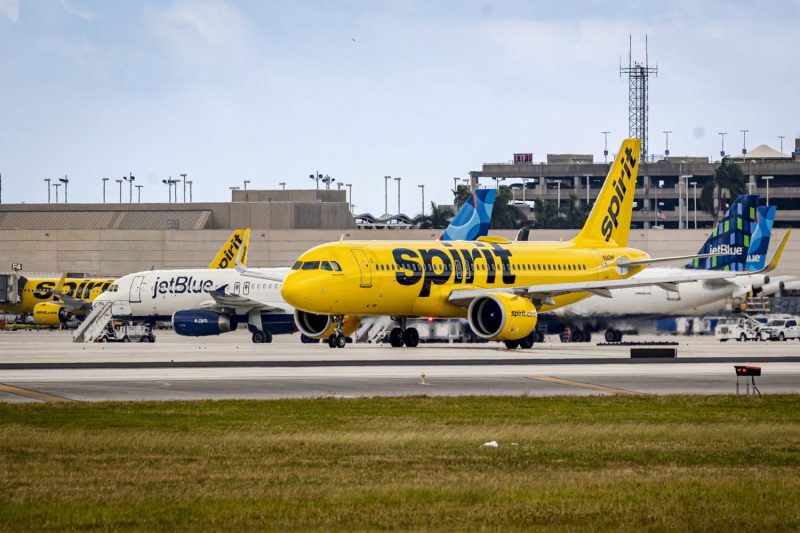As low-cost airlines continue to shake up the aviation industry, many of them are strategically cutting back in certain areas in order to maintain their competitive edge and reduce costs. One key area where these airlines are focusing on is the introduction of new planes into their fleets. Let’s take a closer look at how and why low-cost airlines are opting for new aircraft to streamline their operations and improve their overall efficiency.
Replacing Aging Fleets
One of the primary reasons why low-cost airlines are investing in new planes is to replace their aging fleets. Older aircraft tend to be less fuel-efficient, more expensive to maintain, and prone to technical issues. By phasing out older models and bringing in newer planes, these airlines can benefit from improved performance and reliability, as well as lower operating costs in the long run.
Improved Fuel Efficiency
Newer aircraft models are designed to be more fuel-efficient compared to their older counterparts. By investing in fuel-efficient planes, low-cost airlines can reduce their overall fuel consumption and operating costs, which can translate into lower ticket prices for customers. Moreover, improved fuel efficiency contributes to a more sustainable operation and helps airlines reduce their environmental impact.
Enhanced Passenger Experience
Another key reason why low-cost airlines are opting for new planes is to enhance the overall passenger experience. Newer aircraft often come equipped with state-of-the-art amenities, entertainment systems, and more comfortable seating arrangements. By offering a more modern and comfortable flying experience, these airlines can attract a larger customer base and improve customer satisfaction and loyalty.
Streamlined Maintenance and Operations
Newer aircraft models are often more technologically advanced and easier to maintain compared to older planes. By introducing new planes into their fleets, low-cost airlines can streamline their maintenance operations, reduce downtime for maintenance checks, and improve overall operational efficiency. This, in turn, translates into cost savings and better performance for the airline.
Competitive Advantage
In a highly competitive industry like aviation, having a fleet of new planes can give low-cost airlines a significant competitive advantage. Newer aircraft not only offer operational benefits but also contribute to the overall image and reputation of an airline. By showcasing a modern and well-maintained fleet, low-cost airlines can attract more customers, secure partnerships, and stand out in a crowded market.
In conclusion, the decision of low-cost airlines to invest in new planes is a strategic move aimed at improving efficiency, reducing costs, and enhancing the overall passenger experience. By replacing aging fleets with modern and fuel-efficient aircraft, these airlines can position themselves for long-term success in a rapidly evolving industry. This forward-thinking approach not only benefits the airlines themselves but also contributes to a more sustainable and customer-friendly air travel experience.

